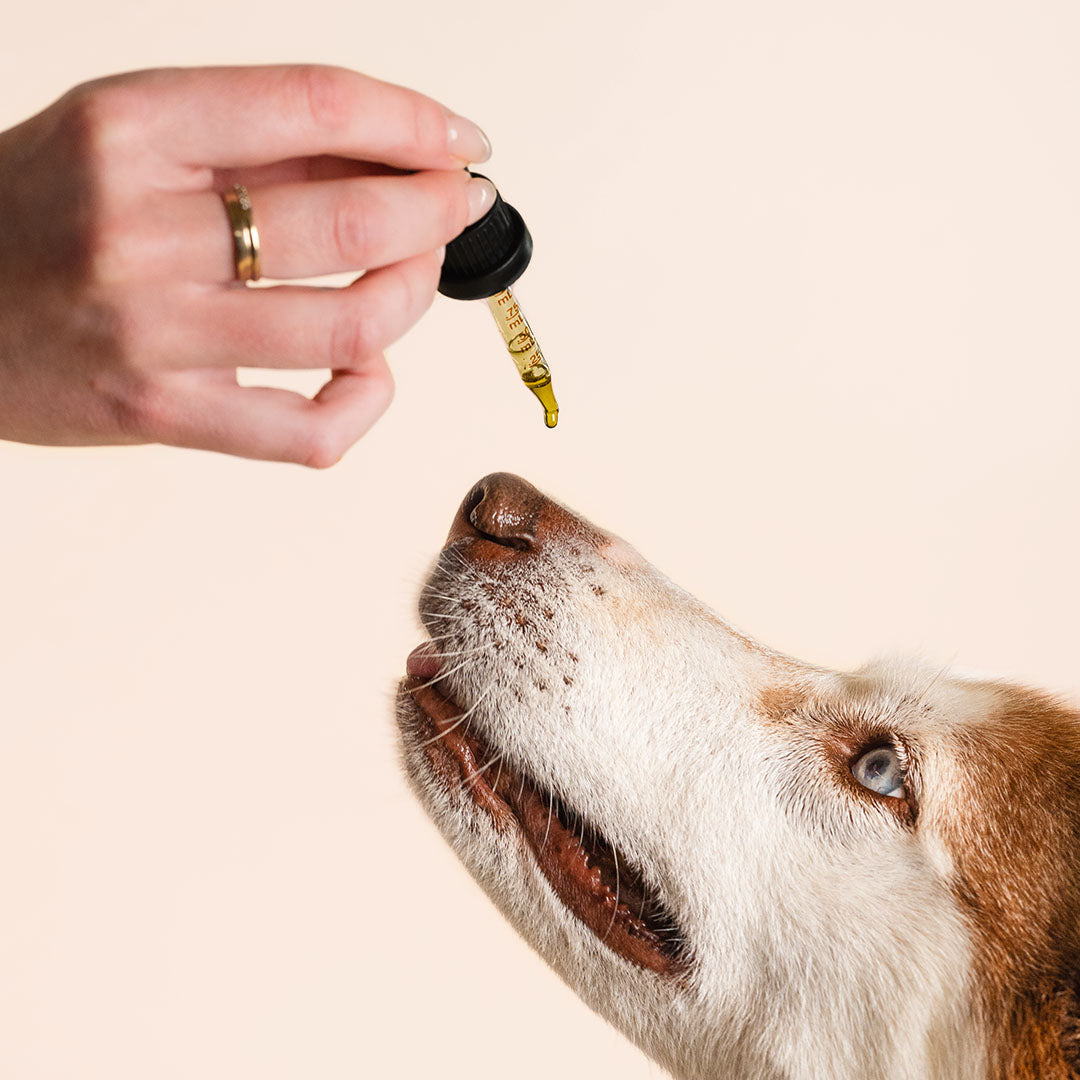Understanding your dog’s behavior can feel like trying to learn a new language. From tail wags and barks to zoomies and growls, dogs are constantly communicating — we just need to learn how to listen. Whether you're a new pup parent or a seasoned dog lover, knowing what drives your dog’s behavior can strengthen your bond and prevent issues before they arise.
In this post, we’ll dive into the fascinating world of dog behavior: what’s normal, what’s not, and how to interpret your dog’s actions with more confidence.

Common Dog Behaviors and What They Mean
1. Tail Wagging
Not all tail wags mean happiness. A slow wag may indicate uncertainty, while a rapid wag with the whole body involved usually signals excitement and friendliness. A stiff, high tail with a slow wag? That might be a sign of alertness or potential aggression.
2. Zoomies (Frenetic Random Activity Periods)
Those wild sprints around the house or yard? Totally normal. Dogs often get zoomies when they're overly excited or have pent-up energy. It’s a fun (and safe) way for them to release it.
3. Chewing on Everything
This is especially common in puppies but can also signal boredom, anxiety, or even dental issues in adult dogs. Make sure your dog has appropriate chew toys and enough mental stimulation throughout the day.
4. Barking
Dogs bark for many reasons: alerting, greeting, fear, or just seeking attention. The key is to notice the context and tone. For example, high-pitched barks often indicate excitement, while lower tones might be a warning.
5. Licking (You or Themselves)
Licking can be affectionate, but excessive licking could be due to allergies, anxiety, or even pain. If your dog is obsessively licking a specific area, it's worth checking with your vet.
How to Improve and Understand Your Dog's Behavior
-
Consistency is key. Dogs thrive on routine and clear expectations.
-
Positive reinforcement works wonders — reward good behavior with treats, praise, or playtime.
-
Observe body language. Ears, tail, posture, and even eye contact all provide clues.
-
Provide mental enrichment. Puzzle toys, training games, and socialization help reduce unwanted behavior.

🐾 Frequently Asked Questions About Dog Behavior
Q: Why is my dog suddenly aggressive?
A: Sudden aggression could be due to pain, fear, stress, or a change in environment. It’s important to consult with a vet and possibly a behaviorist to identify the root cause.
Q: How do I stop my dog from barking excessively?
A: First, identify why your dog is barking. Once you know the cause, training and redirecting their energy can help. Avoid yelling, as it may increase anxiety or make them think you’re barking too.
Q: Is it okay to let my dog sleep in my bed?
A: That’s a personal choice. As long as your dog is well-behaved and it doesn’t disrupt your sleep or training, it can actually strengthen your bond.
Q: Can old dogs learn new behaviors?
A: Absolutely! While older dogs may take a bit longer to learn, with patience and the right motivation, they can adapt and learn new tricks and habits.
Final Thoughts

Dog behavior is a window into your dog’s world — their emotions, needs, and instincts. The more you understand these signals, the better you can communicate and create a loving, balanced relationship with your furry friend.
Every dog is unique, and what works for one might not work for another. When in doubt, consult a professional trainer or vet, and always approach behavior issues with patience and empathy.







![Probiotics For Dogs [Soft Chews] - HolistaPet](http://www.holistapet.com/cdn/shop/files/Probiotic-Infographic-1_472d7a29-e30c-435a-9638-1365d8c3a9f9.jpg?v=1725384841&width=104)

























Leave a comment
This site is protected by hCaptcha and the hCaptcha Privacy Policy and Terms of Service apply.